In industrial settings, optimizing energy efficiency is a crucial goal to reduce operational costs and minimize environmental impact. When it comes to pipe heater machines, which play a pivotal role in various heating applications, adopting strategies to enhance energy efficiency becomes paramount. This passage outlines key considerations and practices to optimize energy efficiency with your pipe heater machine.
Selecting High-Efficiency Heating Technologies
Induction heating stands out as a high-efficiency technology for pipe heating applications. Its rapid and targeted heating approach minimizes energy wastage by directly inducing heat in the material. Compared to traditional heating methods, induction heating is more energy-efficient and allows for precise control over the heating process.
Another energy-efficient option is infrared radiant heating, which delivers heat directly to the surface of the pipes. This method eliminates the need to heat the surrounding air, reducing energy consumption. Infrared heating provides quick response times and can be particularly effective for applications that require intermittent heating.
Calibrating Heating Power for Optimal Performance
Avoid over-sizing the heating power of your pipe induction heater industrial machine. Determining the optimal power requirement based on the size, material, and heating goals of the pipes is crucial. Oversized machines can lead to unnecessary energy consumption and reduced overall efficiency. Calibrate the heating power to match the specific needs of your application.
For applications with varying heating requirements along the length of the pipes, consider implementing zoning strategies. Divide the pipe into sections and apply heating selectively based on specific needs. Zoning allows for variable heating intensity, optimizing energy usage by focusing heat where it's needed most.

Utilizing Smart Temperature Control Systems
Modern pipe heater machines often come equipped with advanced temperature control systems. These systems not only provide precise control over the heating process but also offer smart features such as adaptive heating profiles. Investing in machines with these capabilities allows for efficient energy utilization while maintaining the desired temperature levels.
Implement programmatic temperature profiles for your pipe heating processes. Define heating profiles that match the specific requirements of different materials or heating scenarios. Programmatic controls enable the pipe heater heat frequency machine to adapt its energy usage dynamically, optimizing efficiency based on the unique characteristics of each application.
Optimizing Heat Distribution for Uniform Heating
Uniform heating is essential not only for achieving consistent results but also for optimizing energy efficiency. Design the heating elements and configurations to ensure even heat distribution across the entire length and diameter of the pipes. This minimizes the need for excessive energy consumption to compensate for temperature variations.
Explore advanced heating element designs that enhance heat distribution. Customized coil configurations, innovative infrared emitters, or induction coil setups can contribute to improved uniformity in heating. By strategically designing the heating elements, energy efficiency is maximized, and the overall effectiveness of the pipe heater machine is enhanced.
Implementing Periodic Maintenance for Peak Performance
Efficient operation relies on the well-maintained condition of your pipe heater machine. Regularly inspect heating elements, electrical connections, and insulation for signs of wear or damage. Clean the system of any debris or contaminants that may hinder heat transfer. A well-maintained machine operates at peak efficiency, minimizing energy losses.
Incorporate preventive maintenance schedules into your operational plan. This includes periodic checks, component replacements, and calibration adjustments. Preventive maintenance ensures that the pipe heater machine continues to operate optimally, contributing to long-term energy efficiency and reliability.
Optimizing energy efficiency with your pipe heater machine involves a strategic and multifaceted approach. By selecting high-efficiency heating technologies, calibrating heating power, utilizing smart temperature control systems, optimizing heat distribution, and implementing regular maintenance practices, you can achieve a greener and more sustainable approach to industrial heating. This not only benefits your operational costs but also aligns with the broader goal of reducing environmental impact in industrial processes.

 en
en  cn
cn  jp
jp  ko
ko  de
de  es
es  it
it  ru
ru  pt
pt  th
th  vi
vi  pl
pl 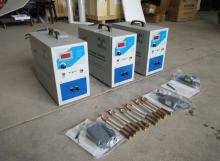


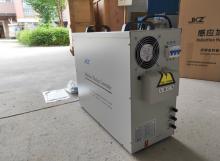




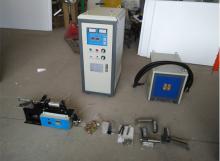

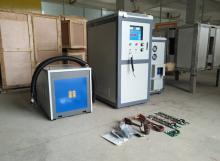

















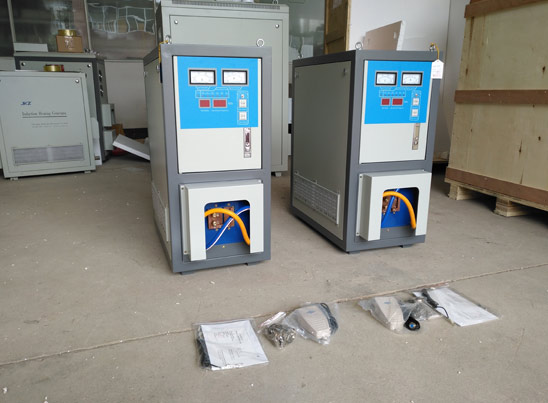






 Call us on:
Call us on:  Email Us:
Email Us:  NO. 688th South Baoguang Road, Xindu District, Chengdu City, Sichuan Province, China
NO. 688th South Baoguang Road, Xindu District, Chengdu City, Sichuan Province, China